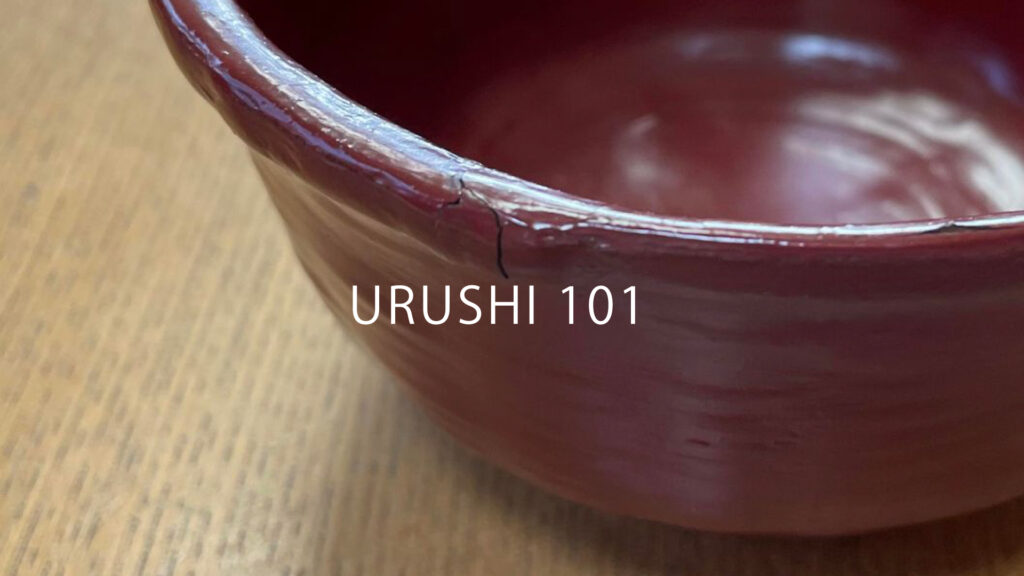
SHIKKI or Japanese lacquerware is one of the best-known Japanese Traditional Crafts. But do we really know about the material? SHIKKI is a product that is painted or/and worked with URUSHI. In this article, we cover the super basics of URUSHI and a great example of how URUSHI was used. Once you know these, you will know about URUSHI material more than some Japanese people!
- WHAT IS URUSHI?
- FEATURES & WEAK POINTS of URUSHI
- The ARTIFACT SHOWS THE BEST CHARACTER of URUSHI
WHAT IS URUSHI?
URUSHI, also known as Japanese lacquer is a natural paint made from the sap of trees called URUSHI (Japanese sumac tree). The trees only grow in Asia. The country that produces the paint most is China. Today, Japan imports 98% of the URUSHI from China.
The usage of URUSHI in Japan is very old. Japanese people have been using it since the JOMON period (14000 B.C. – the 10th century B.C.).
From the Jomon period to today, the craftsman skills and technics have been evolved.
The items painted with URUSHI are called SHIKKI.
Why have Japanese people been using this paint for so long? Let’s find out in the next part.
FEATURES & WEAK POINTS of URUSHI
Japanese people have used URUSHI paint since the Neolithic era. Why have we been using it so long? You will see the reason once you know the characters of it.
CHARACTERS & FEATURES
Once the paint is dried, it gets very hard and shows the following characters.
- Strong against, acid, alkali, and alcohol
- Great durability, water-resisting, heat-insulating, and antiseptic
- Antimicrobial and bactericidal effect
- Fixable and keep using it for centuries
- You can use it as strong glue.
Because of these almost almighty features, many say that there is no other better synthetic resin was developed.
However, “URUSHI the perfect resin” also has its own weakness.
We would always like to be fair and honest with our audience. So, we will reveal them.
WEAK POINTS of URUSHI
- The extreme dryness: it could cause the crack.
- Ultraviolet light: being exposed to ultraviolet light too long causes discoloring and weakens the surface.
- Using boiling hot water: the best temperature is up to 70~80 degrees centigrade (150~176F).
THE BEST PART of URUSHI that COVERS ITS WEAKNESSES
Same as any other material, degradation is inevitable even for URUSHI the Great. HOWEVER, URUSHI remains the almighty paint because it is reparable. A crack or weakened surface, bring it to the URUSHI craftsmen, they can repaint and it brings back all the features of URUSHI as brand new! Therefore, as long as you treat them, you can use them for centuries.
The ARTIFACT SHOWS THE BEST CHARACTER of URUSHI
We explained what is URUSHI and its features and characters.
You can find URUSHI crafts as local traditional crafts in many places in Japan. Each place has its own history of how the URUSHI crafts industry bloomed there. Kagawa prefecture, one of the prefectures on SHIKOKU island and where we are, is one of the URUSHI crafts producers.

The bowl in the photo here actually has an interesting story.
The story shows the best character of URUSHI and URUSHI crafts of Kagawa.
Can you guess…
what is this made from?
why & who did they make this for?
why does this bowl show the character of URUSHI crafts of Kagawa?
This bowl is kept by a SHIKKI (the crafts painted by URUSHI) company in Kagawa. The company has been producing SHIKKI for more than 90 years. The URUSHI company works with our listed creator Kae. Because URUSHI is liquid until it dries, it needs a base to paint or start to work on. The base is called KIJI. URUSHI can be painted on pretty much anything. Wooden KIJI is major but you can paint it on even a paper cup.
Now, about the bowl. The company was asked to paint URUSHI on a bunch and varieties of small bamboo-made baskets, during WWII by the Japanese Army. The Army wanted to produce tableware for soldiers.
During WWII, Japan suffered from a lack of resources. Bamboo is everywhere and it glows so much faster than trees. If they create bowls by weaving bamboo stripes, they can produce light bowls a lot and faster. But if it were just woven bamboo, these were simply a bunch of baskets that liquid won’t hold.
By painting the baskets with URUSHI, these became perfect bowls for soldiers. Because of URUSHI’s characters, these remained light, gained durability, and got the antimicrobial & bactericidal effect. Also, it is heat-insulating that soldiers could hold the bowl even if the hot soup was in it.
The URUSHI craft company has kept this as one of its corporate histories. But it also proves one of the characters of URUSHI crafts in Kagawa.
Apparently, Kagawa is the top URUSHI crafts producer when it comes down to the variety of URUSHI items. Furniture, tableware, accessories, nicknacks…etc. This is only the imagination of our curator, but, it was probably the reason Kagawa URUSHI craftsmen were told to produce this bamboo-based SHIKKI because Kagawa has a culture to paint URUSHI on anyhting.
The CEO of the company told our head curator that she could see how the craftsmen back then were rushed to produce this. By looking at how roughly the URUSHI was painted. Our head curator finds it is quite an interesting thing to be able to tell so many things from one bowl of SHIKKI.
This is just one side of KAGAWA SHIKKI. We hope we will have an opportunity to introduce you to the more technical and beautiful side of the traditional craft someday.
Did you like this article? If you did! STAY CONNECTED with us by social media of your choice!
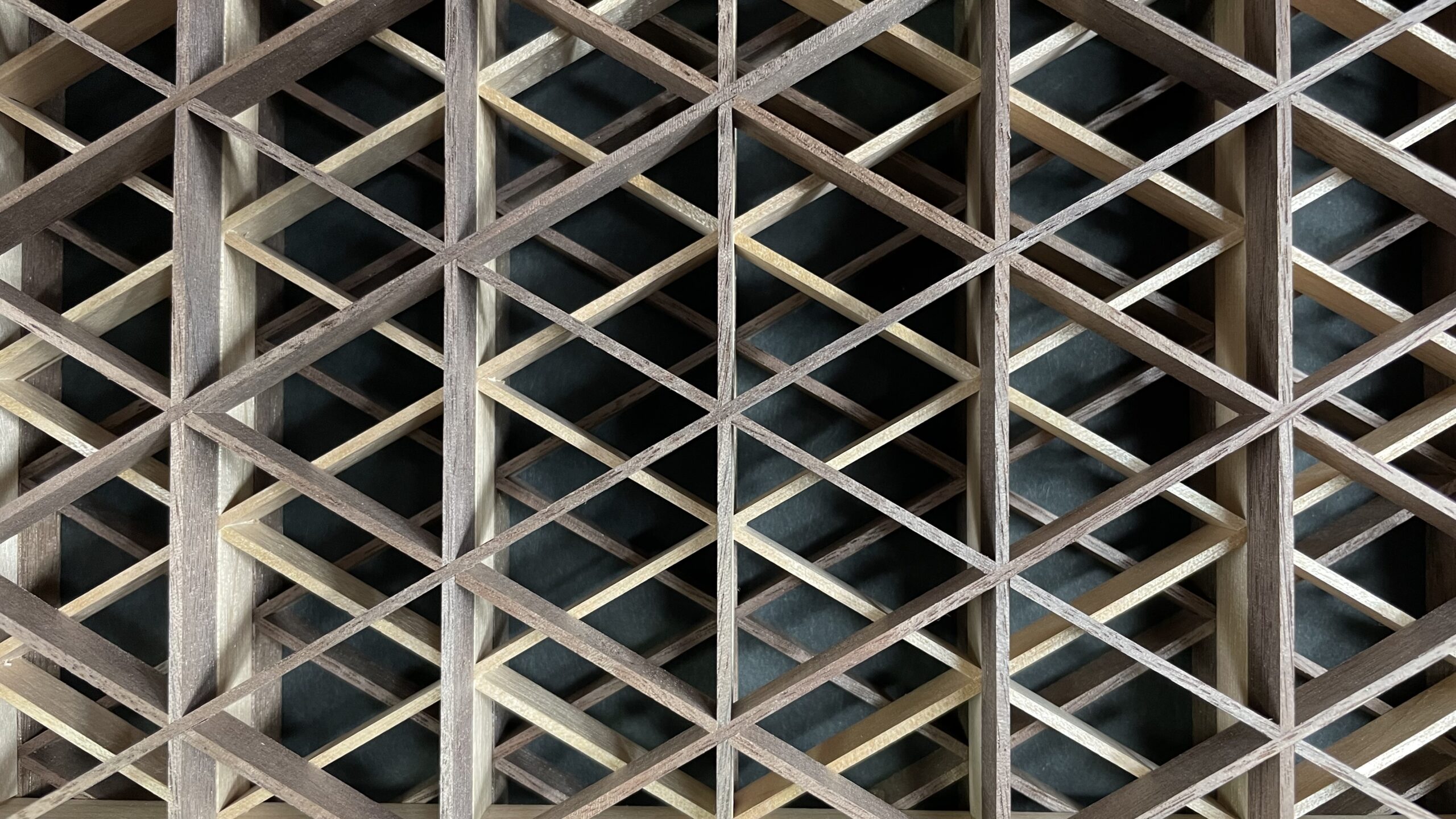

STAY CONNECTED!
What are you interested in? What would you like to know? or Any thought?
We always appreciate your point of view. The things you would like to know and your vice become an encouragement for our curator to write new articles. Please contact us by sending a message from the following contact form.
May we interest you in these articles?
Traditional Crafts of Japan 101
5 things you only need to know about Traditional Crafts in Japan!

It is one of the authentic experiences you can get in Japan; looking at, knowing, or/and getting Local Traditional Crafts in Japan. But do we all know “what exactly Traditional Crafts of Japan/the Region means”?
In this article, we will tell you 5 things you only need to know about “The Traditional Crafts” in Japan. This article will take you to the “knowing about it a bit more than average Japanese people” level.
Local Traditional Craft: KUDE-SHOUJI 101
6 basic knowledge of KUDE-SHOUJI: The Traditional Crafts of Kagawa, Japan
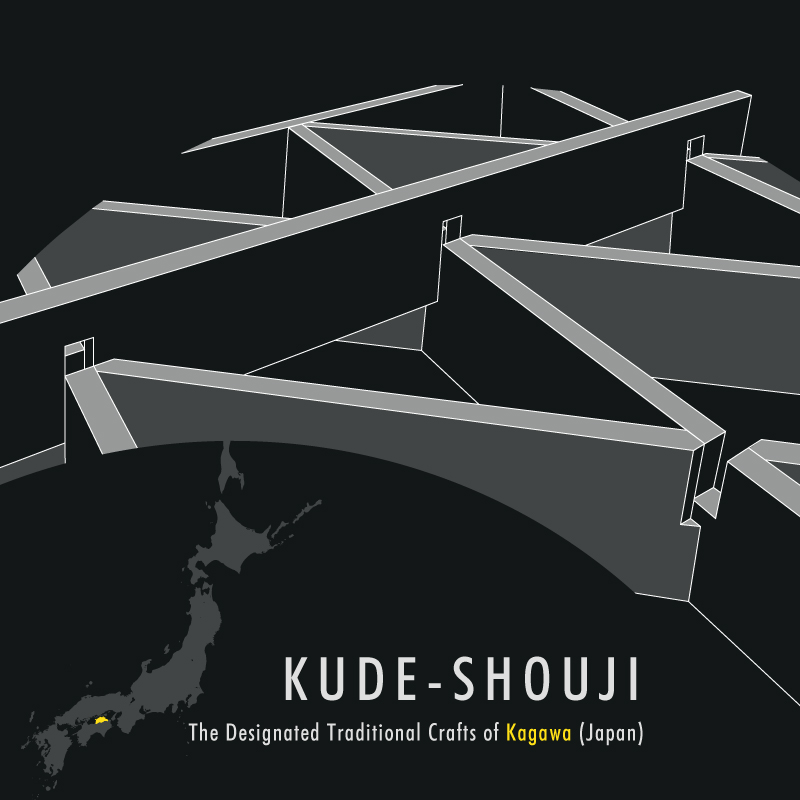
If you have all the answers to the following questions, you can skip this article.
1) What is KUDE-SHOUJI?
2) What is the difference between SHOUJI and KUDE-SHOUJI?
3) What are the functional advantages to use KUDE skills?

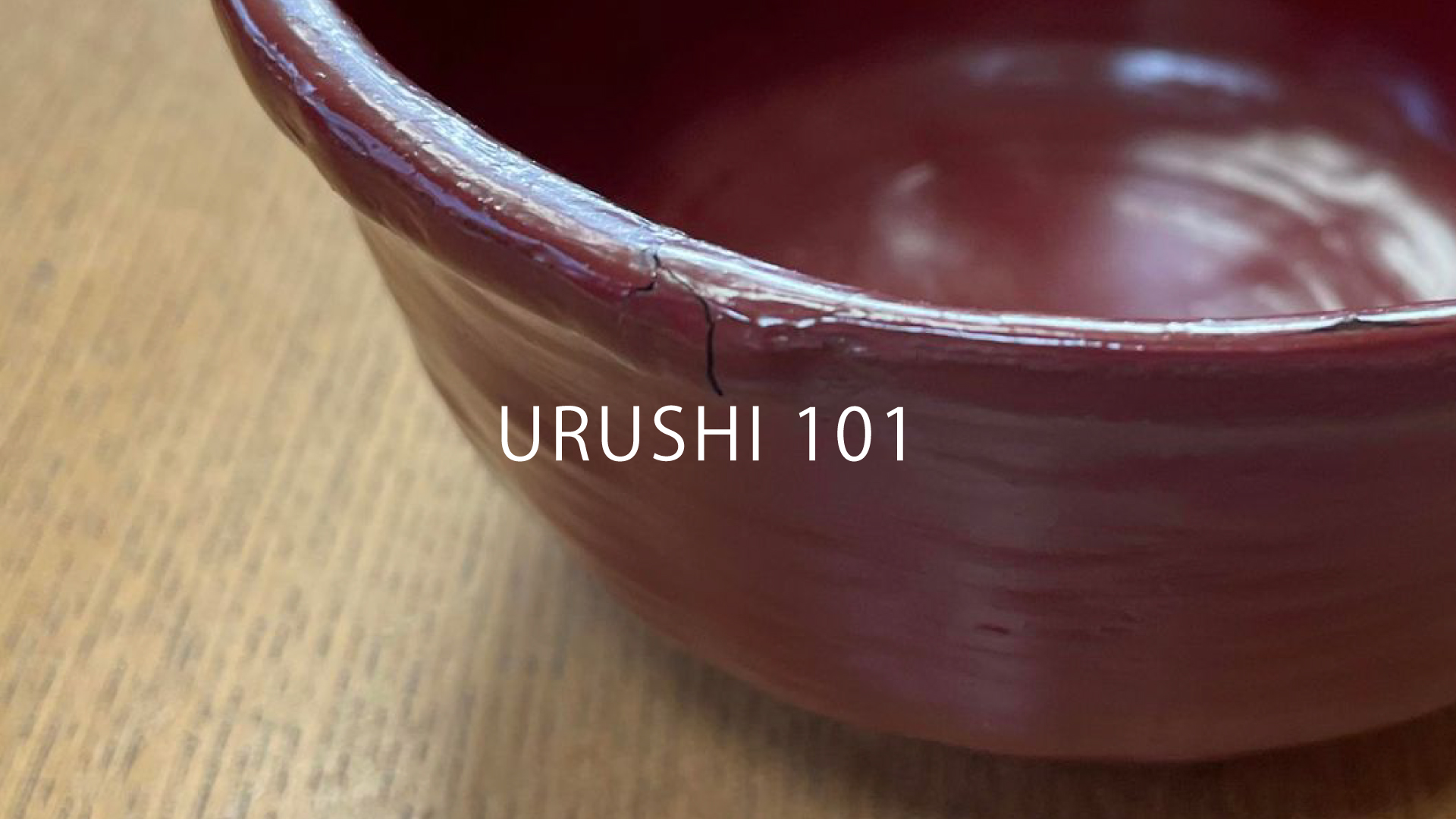



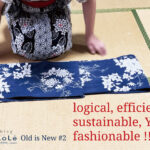
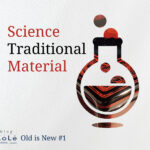
Comments by satoko